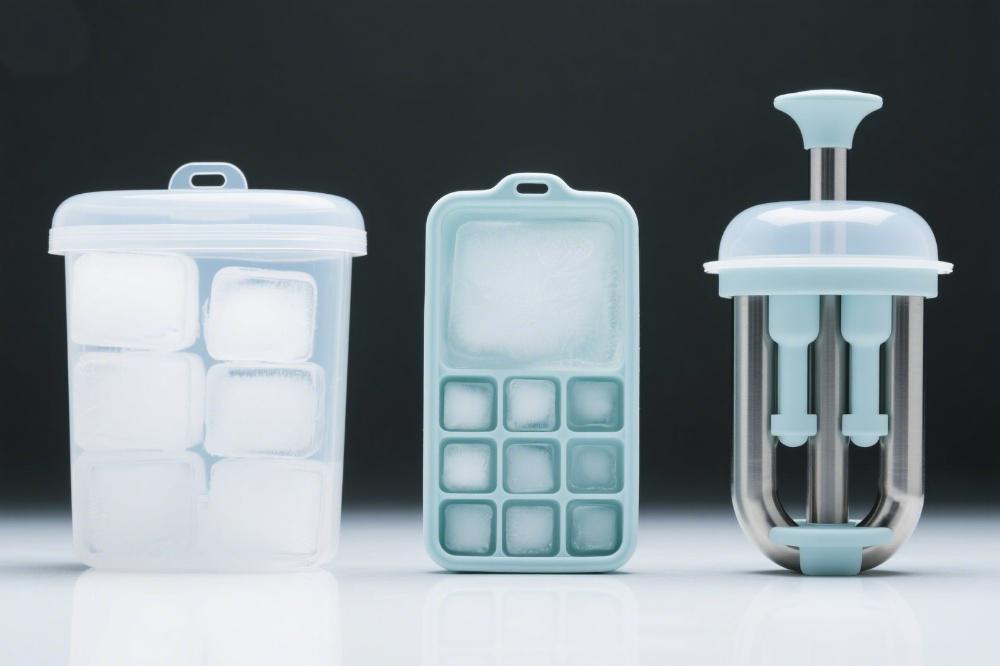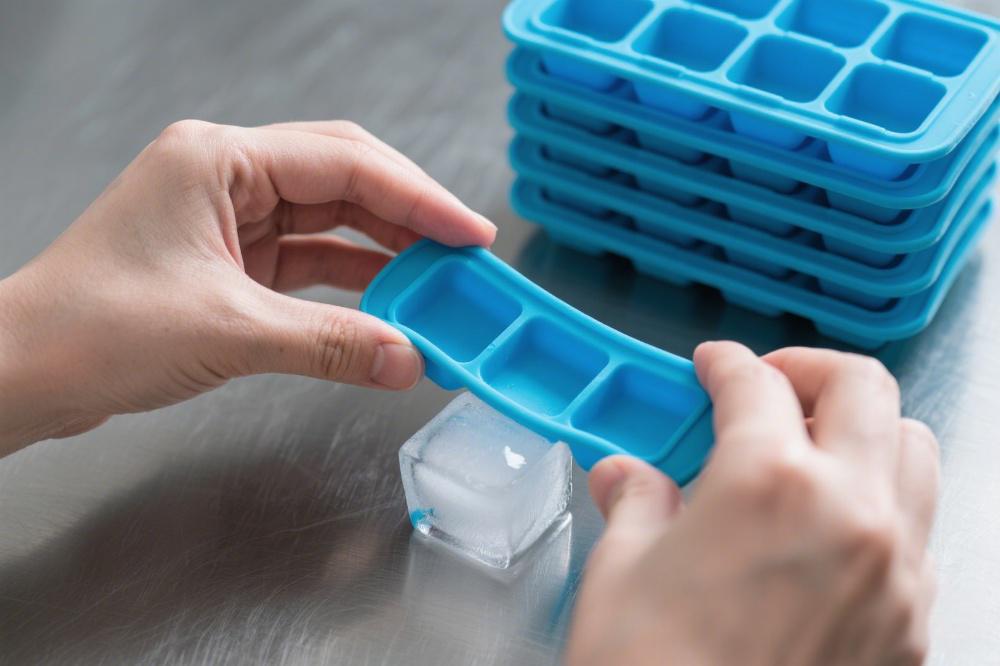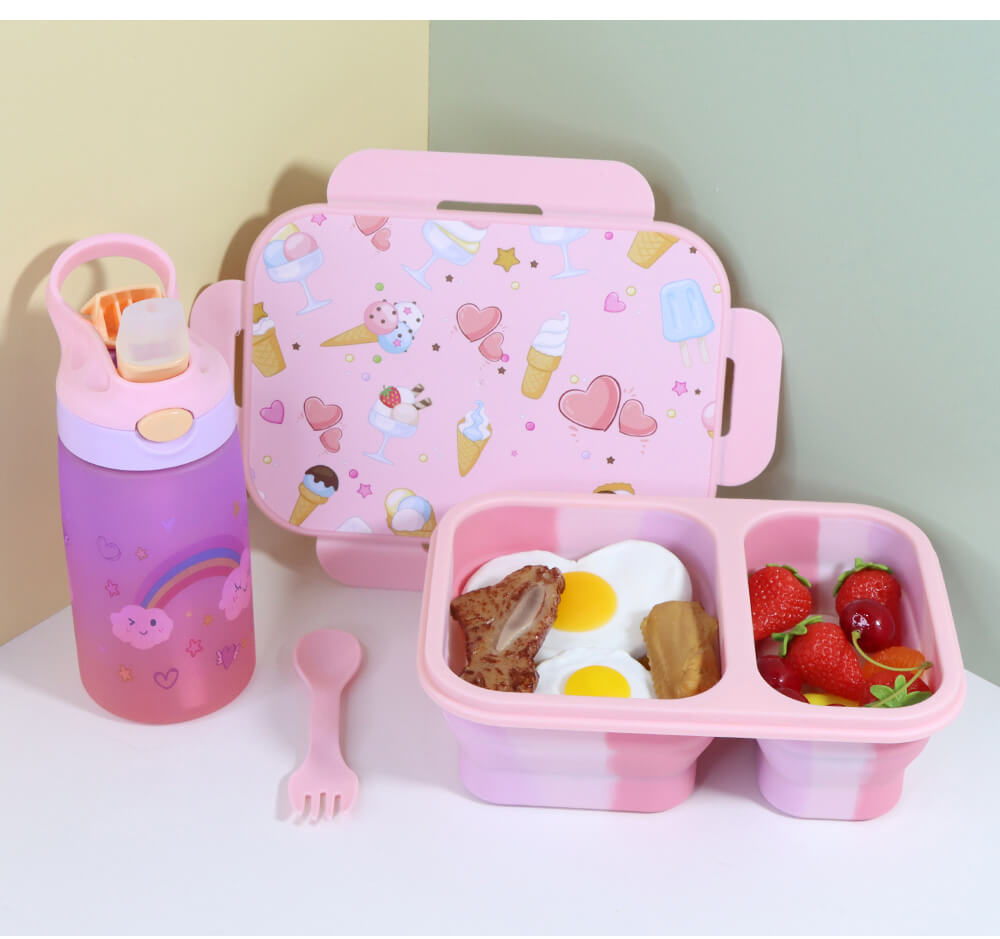Zawartość
Understanding Ice Cube Trays: Functionality Meets Innovation
Ice cube trays are essential tools for businesses in the food, beverage, and hospitality industries. From crafting artisanal cocktails to preserving perishables, the right ice tray design can elevate operational efficiency and customer satisfaction. Modern silicone ice cube trays, in particular, have revolutionized how establishments manage their ice needs, offering durability, flexibility, and customization options tailored to high-volume usage.
This guide explores the nuances of selecting ice cube trays for commercial applications, focusing on design variations, material benefits, and practical scenarios where specialized trays add value.
Key Variations in Ice Cube Tray Designs


Not all ice cube trays are created equal. Depending on the application, businesses require specific features to meet their operational demands:
•Big Ice Cube Trays: Ideal for premium bars and restaurants, large ice cubes melt more slowly, preserving drink integrity.
•Ice Cube Trays with Lids: Essential for hygiene-focused environments like hospitals or catering services, lids prevent contamination during storage.
•Small Ice Cube Trays: Perfect for fast-paced cafes or smoothie shops needing quick-dissolving ice for blended beverages.
•Silicone vs. Plastic: Silicone ice cube trays outperform traditional plastic in heat resistance, longevity, and ease of release.
Why Silicone Dominates Commercial Ice Cube Trays
Silicone has become the gold standard for industrial-grade ice cube trays due to its unique properties:
- Durability: Withstands extreme temperatures (-40°F to 446°F), making it suitable for repeated freezing and dishwasher use.
- Non-Stick Surface: Silicone’s flexibility ensures effortless ice removal, reducing breakage and maintenance time.
- Personalizacja: Soft silicone allows intricate mold designs, such as branded shapes or functional features like built-in handles.
For bulk buyers, silicone’s longevity translates to lower replacement costs—a critical factor for high-turnover businesses.
Practical Applications of Specialty Ice Cube Trays
Specialized ice trays solve specific challenges across industries:
- Hospitality: Large ice cube trays create visually striking spheres for upscale cocktails, enhancing guest experiences.
- Healthcare: Lidded trays maintain sterility for ice packs used in patient care.
- Food Prep: Small, uniform cubes from silicone ice trays speed up pre-portioned ingredient freezing for bakeries or meal prep services.
Design Considerations for Custom Ice Cube Trays
Businesses with unique needs often require tailored solutions. Here’s what to prioritize when commissioning custom molds:
- Size and Shape: Align cube dimensions with end-use (e.g., 2-inch cubes for whiskey, mini cubes for iced coffee).
- Stackability: Compact designs maximize freezer space, critical for commercial kitchens.
- Material Thickness: Heavy-duty silicone (≥2mm) resists warping under frequent use.
For example, a hotel chain might order branded heart-shaped trays for wedding packages, while a pharmaceutical company could need sterile, lidded trays for medical cooling.
Overcoming Common Challenges with Ice Cube Trays
Even minor design flaws can disrupt workflows. Here’s how premium trays address pain points:
- Staining: High-quality silicone resists odor and discoloration from repeated use.
- Freezer Space: Nestable designs or collapsible trays optimize storage.
- Production Speed: Multi-cavity molds (e.g., 48 cubes per tray) streamline bulk freezing.


Choosing a Supplier for Bulk or Custom Ice Cube Trays
Partnering with the right manufacturer ensures reliability and scalability. Key evaluation criteria include:
- Material Certifications: FDA-approved, food-grade silicone for safety compliance.
- Prototyping Capabilities: 3D-printed samples to test form and function pre-production.
- Minimum Order Quantities (MOQs): Flexible bulk pricing for startups and enterprises alike.
For instance, a beverage distributor sourcing 10,000+ silicone ice cube trays annually would prioritize suppliers with streamlined logistics and volume discounts.
Future Trends in Ice Cube Tray Design
As sustainability and automation reshape industries, ice tray innovation follows suit:
- Eco-Friendly Silicone: Recyclable or biodegradable options gain traction in eco-conscious markets.
- Smart Molds: RFID tags for inventory tracking in large-scale operations.
- Multi-Purpose Trays: Designs doubling as storage containers or portioning tools.
Final Thoughts on Ice Cube Trays for Business
Selecting the right ice cube tray—whether a standard silicone model or a custom-designed solution—impacts both operational efficiency and end-user satisfaction. By prioritizing material quality, functional design, and supplier expertise, businesses can turn a simple freezer tool into a strategic asset.
For bulk buyers and custom project managers, the focus should remain on long-term value: durable materials, adaptable designs, and partnerships that scale with demand. In an era where details define excellence, even ice cubes deserve thoughtful engineering.




